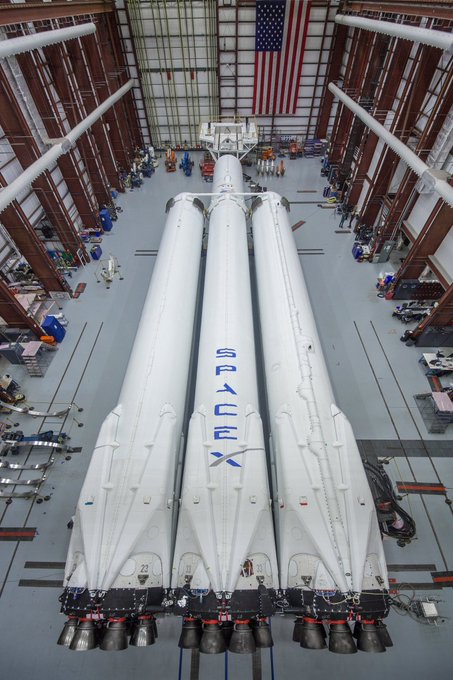Russia to launch luxury hotel room module to ISS?
Capitalism in space: Roscosmos is considering a plan to launch a hotel module to ISS where it could house tourists for profit.
According to a detailed proposal seen by Popular Mechanics, the 20-ton, 15.5-meter-long module would provide 92 cubic meters of pressurized space. It would accommodate four sleeping quarters sized around two cubic meters each and two “hygiene and medical” stations of the same volume. Each private room would also have a porthole with a diameter of 228 millimeters (9 inches), while the lounge area of the module would have a giant 426-millimeter (16-inch) window.
The external structure of the tourist module looks like the Science and Power Module, NEM-1, which Russia is currently building for the International Space Station. The second NEM module had originally been on the books in the station’s assembly scenario, but the Russian government funded only one module. It will serve primarily as a science laboratory and a power-supply station for the ISS.
Now, Russia’s prime space station contractor, RKK Energia, came up with a scheme to pay for the second NEM module through a mix of private and state investments. To make profit, the NEM-2 would be customized for paid visitors.
Makes sense to me. Russia doesn’t really have the money right now to fund a big deep space exploration program. Better they aim for profits in space, as that will keep them in the black and provide them the capital they presently lack.
Capitalism in space: Roscosmos is considering a plan to launch a hotel module to ISS where it could house tourists for profit.
According to a detailed proposal seen by Popular Mechanics, the 20-ton, 15.5-meter-long module would provide 92 cubic meters of pressurized space. It would accommodate four sleeping quarters sized around two cubic meters each and two “hygiene and medical” stations of the same volume. Each private room would also have a porthole with a diameter of 228 millimeters (9 inches), while the lounge area of the module would have a giant 426-millimeter (16-inch) window.
The external structure of the tourist module looks like the Science and Power Module, NEM-1, which Russia is currently building for the International Space Station. The second NEM module had originally been on the books in the station’s assembly scenario, but the Russian government funded only one module. It will serve primarily as a science laboratory and a power-supply station for the ISS.
Now, Russia’s prime space station contractor, RKK Energia, came up with a scheme to pay for the second NEM module through a mix of private and state investments. To make profit, the NEM-2 would be customized for paid visitors.
Makes sense to me. Russia doesn’t really have the money right now to fund a big deep space exploration program. Better they aim for profits in space, as that will keep them in the black and provide them the capital they presently lack.



